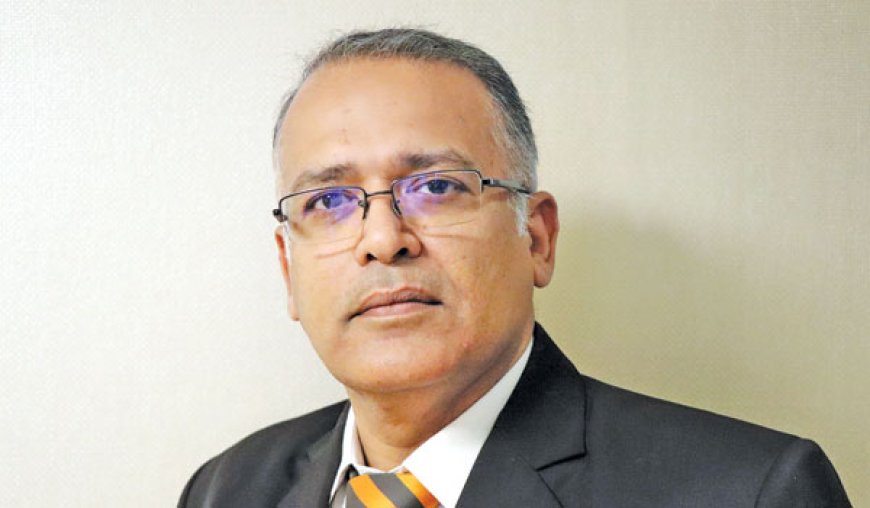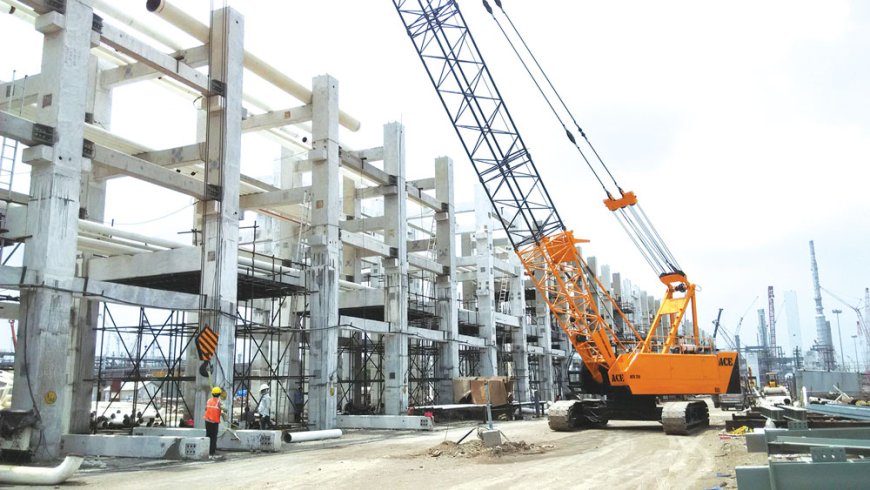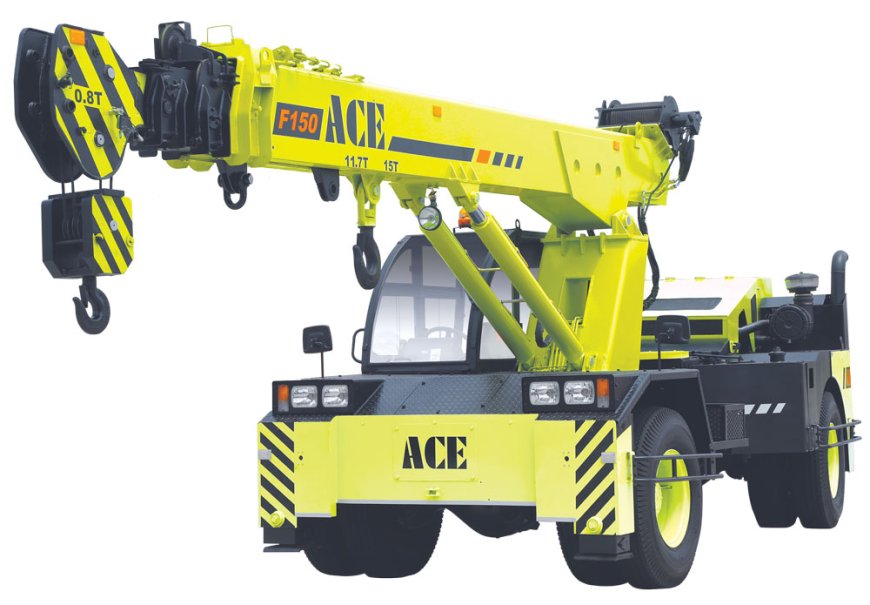Customer demand for green technology plays a pivotal role in driving a company’s innovation efforts.

What sustainable technologies and practices has your company implemented in your range of construction equipment?
One of the most noteworthy advancements in sustainable construction involves the rise of electric-powered equipment. These machines operate emission-free, making them ideal for indoor and urban projects while also reducing noise pollution compared to traditional diesel-powered counterparts. In India, companies like Action Construction Equipment Ltd. are incorporating electric equipment into their product offerings. Another approach to cutting emissions from heavy construction machinery is the use of renewable fuels such as biofuels, hydrogen fuel cells, or compressed natural gas (CNG), which emit far fewer greenhouse gases than fossil fuels.
ACE is committed to sustainability by reducing carbon emissions and exploring alternative fuels. Equipment optimization is a key strategy, enhancing cost and carbon efficiency across infrastructure projects. Telematics-enabled machines enable remote monitoring and detailed data capture, analyzing utilization, fuel efficiency, carbon emissions, and energy-saving practices. ACE is also advancing alternative fuels like hydrogen, with promising developments expected soon. By integrating state-of-the-art engine technologies and offering hybrid and electric options, ACE significantly reduces operational emissions, showcasing leadership in eco-friendly construction solutions and driving a greener future in the industry.

How do you foresee the role of green technologies evolving in the construction equipment industry over the next decade?
Looking forward, the future of green technologies appears promising, buoyed by factors such as heightened private sector investments, growth in the real estate sector, and improving economic conditions. The expansion of residential, commercial, airport, and railway infrastructure serves as a major catalyst for equipment demand, given their indispensable role in construction and upkeep. In India, the construction equipment market is poised for substantial growth, aligned with the country’s ambitious infrastructure plans. Over the past decade, India has made significant strides in infrastructure development, a trend expected to persist. Government initiatives aimed at enhancing transportation networks and urban infrastructure are anticipated to further bolster construction equipment demand. The increasing emphasis on smart cities and sustainable urban development presents fresh opportunities for advanced motor graders, which excel in high-precision grading and efficient resource management—areas where ACE’s modern motor graders shine. The integration of smart technologies in construction will additionally propel demand for connected and automated motor graders, paving the way for ongoing innovation.

What challenges do you face in incorporating green technologies, and how are you addressing them?
Incorporating green technologies presents challenges such as higher upfront costs, technological integration complexities, the need for new skills and training, regulatory compliance burdens, market perceptions, and supply chain considerations. Companies are tackling these hurdles by focusing on long-term cost savings, investing in R&D for better technology integration, providing training programs, staying updated on regulations, educating consumers, and diversifying supply chains. These efforts aim to successfully integrate sustainable practices into operations while meeting environmental goals and market demands.

How does your company plan to continue innovating in the realm of sustainable construction equipment?
We plan to continue innovating in sustainable construction equipment by investing heavily in research and development to enhance the efficiency and performance of existing green technologies. We can collaborate with technology partners to integrate advanced materials and smart technologies into their equipment, reducing environmental impact while increasing productivity. Additionally, the company will focus on developing new sustainable fuel options and improving operational practices to further minimize carbon footprint. By staying ahead in technological advancements and responding to evolving regulatory and market demands, companies strive to maintain leadership in providing eco-friendly solutions for the construction industry.
What are your thoughts on the regulatory landscape for green construction equipment, and how is your company preparing to meet these standards?
The regulatory landscape for green construction equipment involves stringent standards aimed at reducing environmental impact and promoting sustainability. Governments worldwide are enforcing emissions regulations, requiring equipment to meet specific emission limits and efficiency criteria. Companies like ours prepare to meet these standards by investing in research and development to innovate cleaner technologies, such as electric-powered or hybrid machinery. They collaborate with regulatory bodies to stay informed about upcoming mandates and ensure compliance through rigorous testing and certification processes. Additionally, companies may adopt proactive measures like implementing sustainable supply chain practices, enhancing operational efficiencies, and educating their workforce on environmental best practices. By aligning their strategies with regulatory requirements and advancing green technologies, we strive to not only comply with standards but also lead the industry in sustainable construction practices.

How important is customer demand for green technology in driving your company’s innovation?
Customer demand for green technology plays a pivotal role in driving a company’s innovation efforts. As awareness of environmental issues grows among consumers and businesses alike, there is an increasing preference for products and services that minimize environmental impact. Companies that respond to this demand by investing in green technologies and sustainable practices can gain a competitive edge, attract environmentally conscious customers, and enhance brand reputation. Moreover, customer feedback and market trends inform companies about evolving preferences and priorities, guiding their R&D efforts towards developing innovative solutions that meet sustainability criteria while satisfying consumer expectations. Ultimately, customer demand not only influences a company’s innovation agenda but also shapes its strategic direction towards a more sustainable future.








